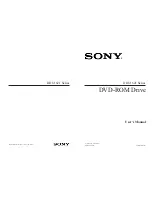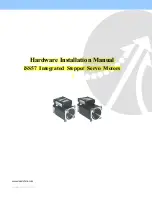
Benefits of vector control with an encoder
A speed encoder is only required in the following conditions:
● A separately excited motor is used.
● Highest speed accuracy is required.
● The most stringent demands on the dynamic response are required.
● Better command behavior is desired.
● The shortest possible settling times during disturbances are required.
● Torque control in a range greater than 1:10 is required.
● A defined and/or variable torque for speeds below approx. 5% of the rated motor frequency
(p0310) must be maintained.
Open-loop and closed-loop control methods (p1300):
● V/f control with linear characteristic.
● I/f control with fixed current.
● Speed control.
● Torque/current control (in short: torque control).
Vector control with encoder
Benefits of vector control with an encoder:
● The speed can be controlled right down to 0 Hz (standstill).
● Stable control response throughout the entire speed range.
● Allows a defined and/or variable torque for speeds below approx. 10% of the rated motor
speed to be maintained.
● In comparison with speed control without an encoder, the dynamic response of drives with
an encoder is significantly increased. The reason is that the speed is measured directly and
used for the model formation of the current components.
Function diagrams
● 1590
● 1610
● 6010
● 6030
● 6040
● 6050
● 6060
● 6490
Operation
8.5 Functions
SINAMICS SM150 6SL3810-7NN38-0AA1
Operating Instructions Rev.201910281406 EXAMPLE
115
















































